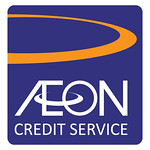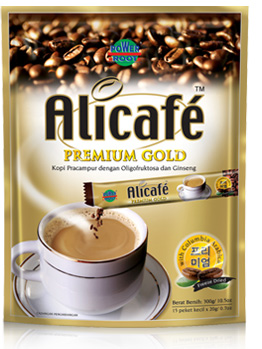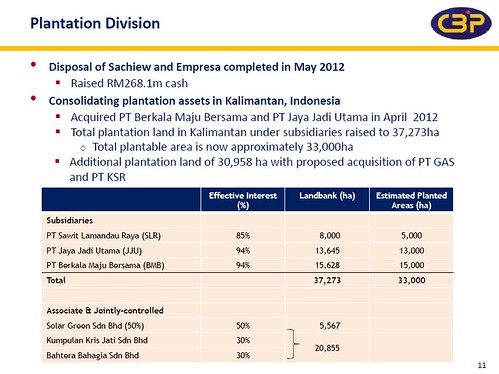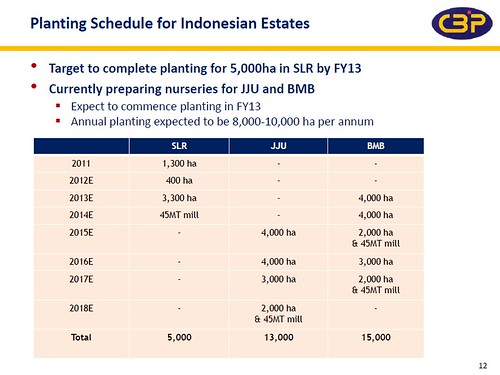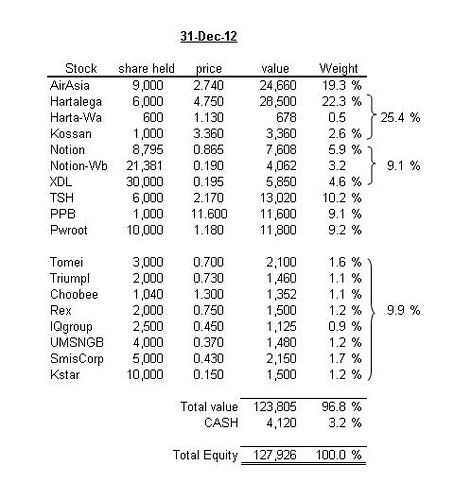This is the first time a finance company is taken into my portfolio.
Few months ago, I had decided to diversify my investment-portfolio into different industry sectors. Hence, in august I bought UoaDev (properties sector), and now AeonCr (finance sector), and the next could be an O&G company.
Bought 1000 shares of AeonCr at RM15.12 (about PE~13) this week, using the proceeds from the sale of TSH recently.
x x x
Historical Data:
- During past five years: revenue CAGR ~25%, profit CAGR ~32%.
- ROE was maintained >20%, improving in recent years. (now >30%)
- Dividend was increasing at about same pace as profit.
The high growth rate, which I think is sustainable, is the main reason of my investment in AeonCr.
Besides this, there are two reasons I like this company very much.
Niche Market.
AeonCredit had been focusing on its very own special market, namely Easy Payment Plan and personal financing. So far, I had never heard of any other banks that provides installment-purchase facilities similar to AeonCr (other than those through credit card).
So, AeonCr is playing in a niche market that's apparently no competitor at all. When we walk into Carrefour, Jusco, Courts, SenHeng, etc... if we want make an installment-purchase without using credit card, we will find that AeonCr is the only choice.
As a results, AeonCr grew very fast through these years, and able to create brand-awareness successfully. Recently when the company decided to venture into traditional segments (motorcyle and used-car loan), its strong customer-base had make it easier to grab market share very quickly.
Very Low NPL
AeonCr is known to have a higher 'risk profile' of customers -- Many people go to AeonCr only after their loan or credit-card application being rejected by normal banks.
I was actually quite amazed when I find that the company's NPL (non-perfoming-loan) ratio is only 1.64% (as at Aug-2013)...
How good is this figure? As a comparison, NPL ratio of MBSB (whose customers are mostly government-servants and required to sign a salary-deduction-scheme while applying its loan) stood at 2.0% as at Sep-2013.
x x x
Long-term Potential
The mother-company of AeonCr had incorporated a subsidiary in India, of which AeonCr (M) holds 20% interest of share. However, I don't think we could see any significant contribution from this associates in near future.
x x x
Summary:
AeonCr currently make up ~6% weight in my portfolio.
Target return rate: 15% ~ 25% p.a. in next five years.
Target holding period: keep on holding until its growth rate fall below 15%p.a.
.
